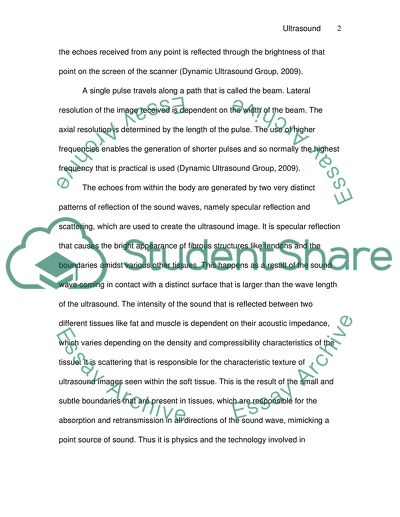Cite this document
(Imaging Modality: Ultrasound Article Example | Topics and Well Written Essays - 3000 words, n.d.)
Imaging Modality: Ultrasound Article Example | Topics and Well Written Essays - 3000 words. Retrieved from https://studentshare.org/technology/1731029-imaging-modality
Imaging Modality: Ultrasound Article Example | Topics and Well Written Essays - 3000 words. Retrieved from https://studentshare.org/technology/1731029-imaging-modality
(Imaging Modality: Ultrasound Article Example | Topics and Well Written Essays - 3000 Words)
Imaging Modality: Ultrasound Article Example | Topics and Well Written Essays - 3000 Words. https://studentshare.org/technology/1731029-imaging-modality.
Imaging Modality: Ultrasound Article Example | Topics and Well Written Essays - 3000 Words. https://studentshare.org/technology/1731029-imaging-modality.
“Imaging Modality: Ultrasound Article Example | Topics and Well Written Essays - 3000 Words”, n.d. https://studentshare.org/technology/1731029-imaging-modality.


